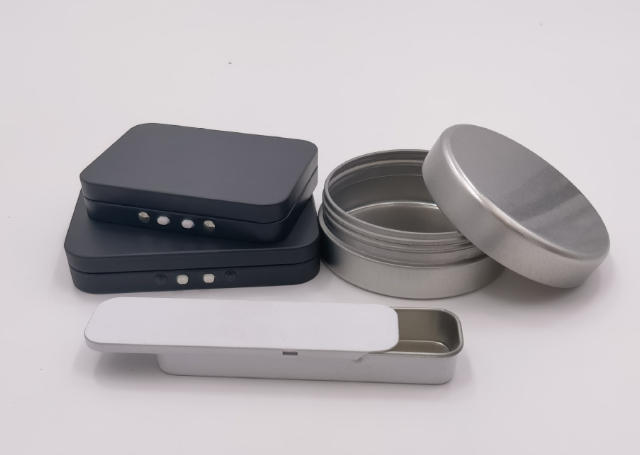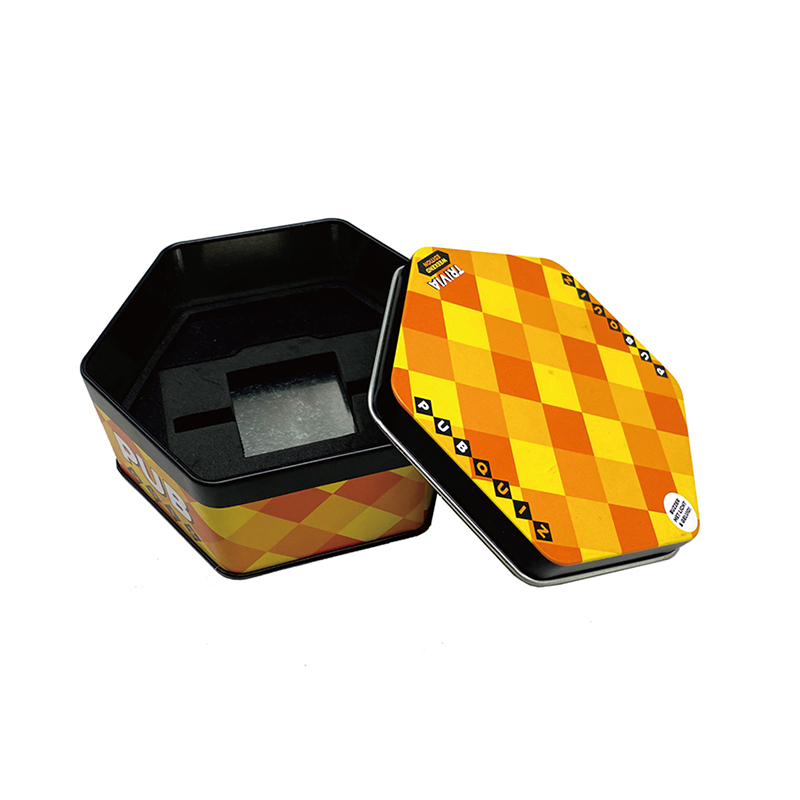Unveiling Promising Prospects for Metal Packaging
Views : 115
Update time : 2025-04-28 12:40:07
Unveiling Promising Prospects for Metal Packaging
The plasticizer contamination debacle sent shockwaves far beyond the confines of the plasticizer manufacturing sector. It triggered a major upheaval within the beverage industry, while also casting a long shadow over the markets for cooking oil and various other daily consumer goods. The core concern lies in the potential for plasticizers to seep into food products and edible oils, posing serious threats to human health.
Industry experts have emphasized that metal packaging presents an ideal solution to the plasticizer problem. Unlike plastic alternatives, metal packaging does not rely on additives and is highly recyclable. Historical data shows that countries like Japan, South Korea, the United States, and those in Europe have been utilizing metal containers for packaging edible oils and other food items for many years.
A stroll through supermarket aisles reveals a stark contrast in packaging choices. Imported edible oils predominantly come encased in glass or metal containers, while their domestic counterparts are mostly packaged in plastic. A spokesperson from a renowned iron can manufacturing company pointed out that cost remains the primary hurdle. For instance, packaging a 20 - liter drum of cooking oil in metal can cost around 20 yuan, while plastic packaging can be produced for a mere 2 - 4 yuan. At present, approximately 90% of China's metal packaging enterprises focus on export markets, contributing to about 10% of the overall output value of the nation's metal packaging industry. These companies primarily serve sectors including food processing, canned goods production, beverage manufacturing, the oil industry, chemical production, pharmaceuticals, stationery, and cosmetics. Since the plasticizer incident broke, there has been a remarkable surge in domestic tin sales.
It has been brought to light that China's metal packaging industry has, in the past, witnessed a chaotic and unregulated business environment. A large number of enterprises engaged in cut - throat competition, which artificially created market disruptions and financial losses. The withdrawal of the three can - making operations of the U.S. Boer Group from the Chinese market further paved the way for plastic and paper packaging to gain prominence in the country. Industry insiders disclosed an astonishing disparity: in Western Europe, every million tons of metal packaging production generates economic benefits amounting to 3.2 billion yuan, whereas in China, the corresponding figure stands at a mere 190 million yuan. Persisting with outdated and inefficient production methods, exacerbated by the rising prices of raw materials, has resulted in a massive waste of valuable resources.
These circumstances underscore the crucial role that market mechanisms must play. Currently, the metal packaging industry in China is characterized by low market concentration and a lack of economies of scale. However, this situation also presents golden opportunities for industry players looking to consolidate and restructure. Once market demand is fully unleashed, the entire industry could experience exponential growth. The plasticizer incident, though a crisis, has inadvertently become a catalyst for positive change in the metal packaging industry, potentially ushers in a new era of development.
相关新闻



